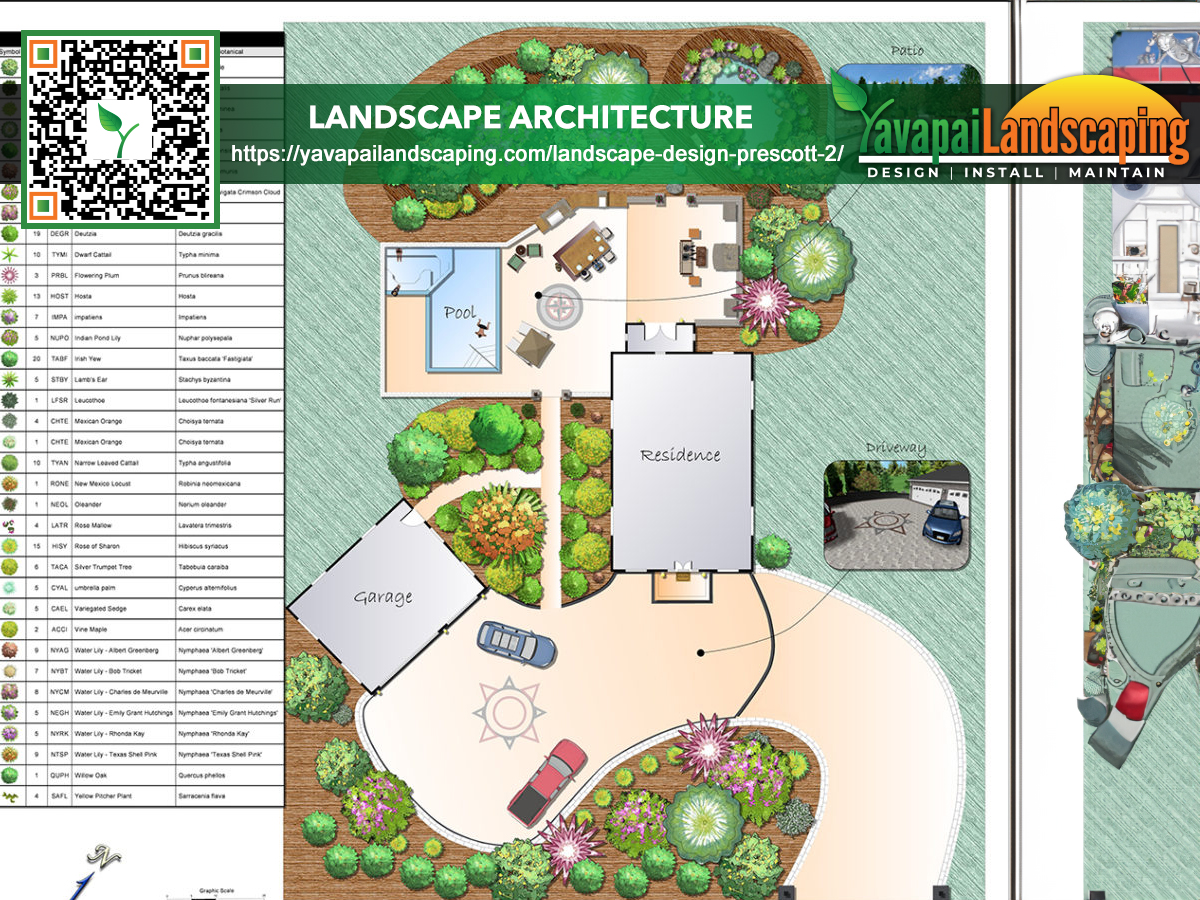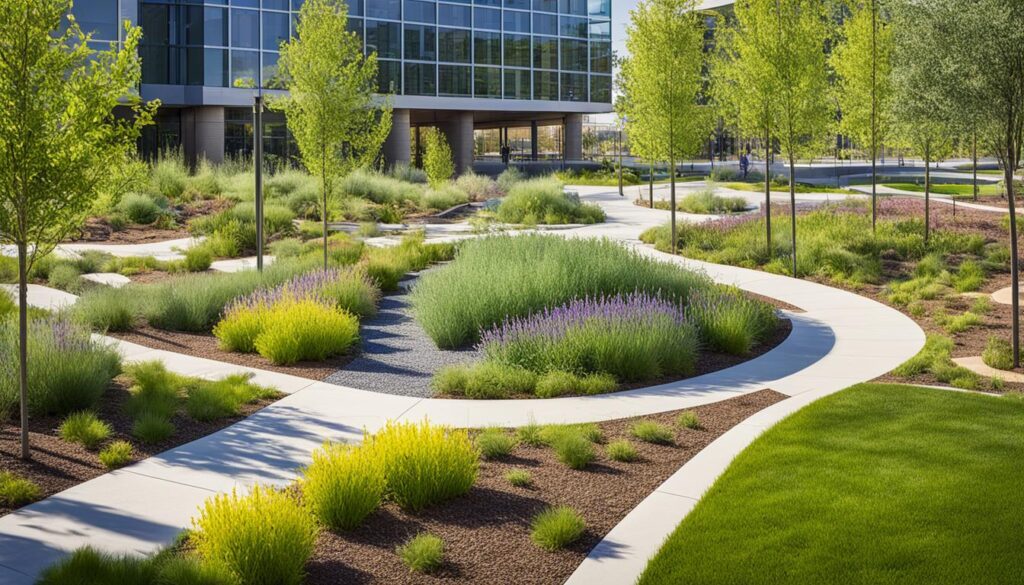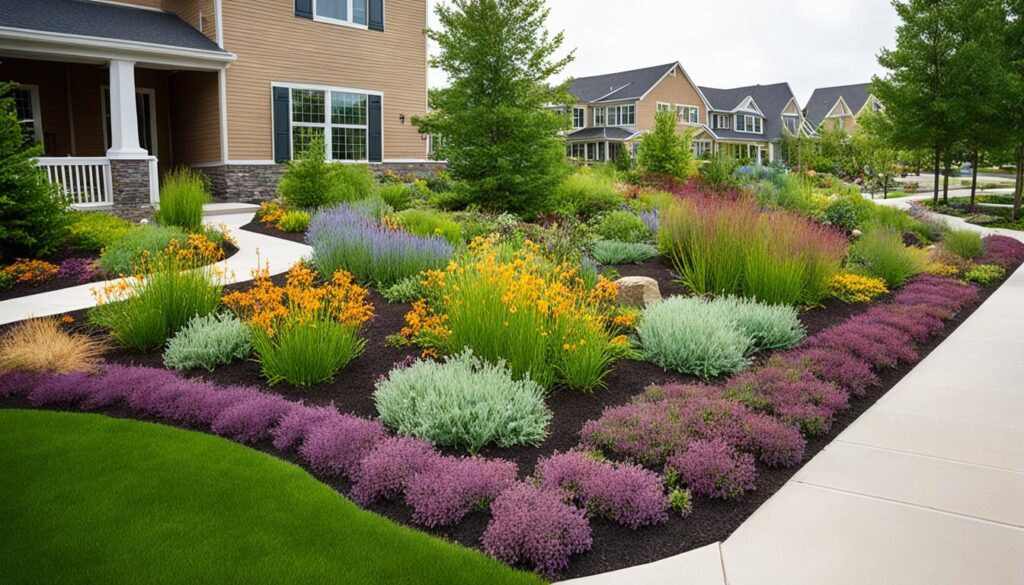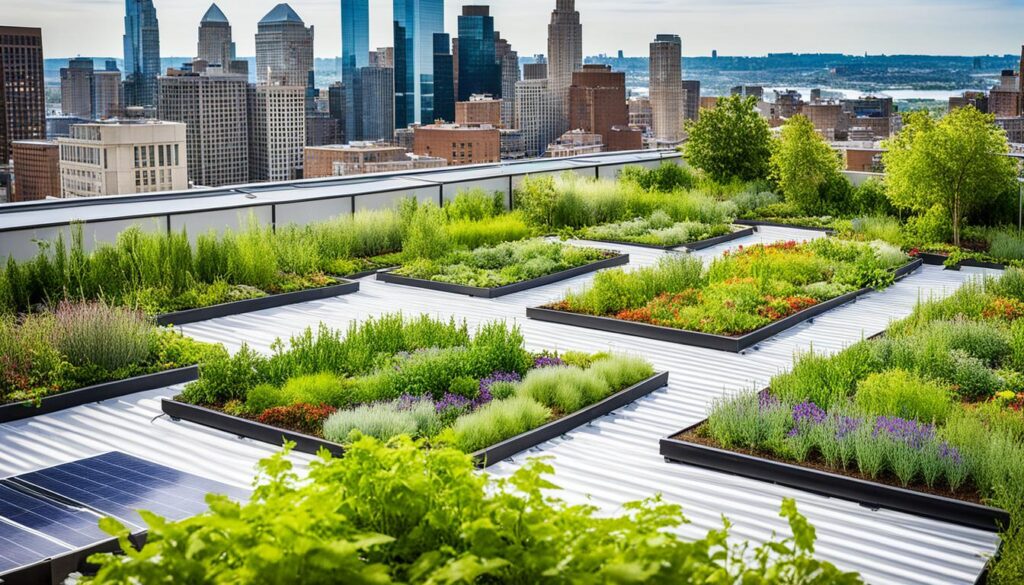
Landscape architecture is key to fighting climate change. It helps make cities more resilient and supports sustainable design. By planning urban spaces to adapt to climate change, landscape architects are crucial.
Designers use green infrastructure and improve stormwater management. These strategies help cities handle climate challenges better. Landscape architecture makes cities and communities more resilient by using nature and sustainable practices.
Key Takeaways
- Landscape architecture is essential for designing climate-resilient urban spaces.
- Sustainable landscape design strategies help mitigate climate change impacts.
- Green infrastructure and nature-based solutions enhance urban resilience
- Landscape architects promote biodiversity and improve stormwater management
- Integrating sustainable practices into urban development is crucial for climate resilience

Understanding the Role of Landscape Architecture in Climate Change Adaptation
Landscape architecture is key in fighting climate change. It designs outdoor spaces that can handle climate challenges. Landscape architects are leading in making cities more resilient against extreme weather, sea level rise, and other climate risks.
They use resilient design and sustainable planning to help landscapes adapt to climate change. These experts know how the built and natural worlds interact, which helps them find new ways to make cities more resilient.

- It uses sustainable design in city planning, like saving water and using tough plants.
- It creates green solutions, like rain gardens and permeable roads, to manage stormwater and prevent floods.
- It supports biodiversity by making areas for wildlife and keeping natural spaces in cities.
- It designs spaces that cool the city and make it more comfortable during hot times.
Landscape architects are making cities better for living in a changing climate. They’re creating places that are sustainable and strong. As cities grow and climate change worsens, landscape architecture’s role will grow too. We’ll need new ideas and teamwork to make a resilient future. This article holds wisdom – give it a read.
Designing Resilient Urban Landscapes
Cities are facing big challenges from climate change. Landscape architects are vital in making cities solid and adaptable. They use green spaces, support nature, and manage stormwater to improve cities for people and nature.
Incorporating Green Infrastructure
Green roofs, rain gardens, and bioswales are great for fighting climate change in cities. Green roofs cool the city by absorbing and reflecting the sun’s rays. They also make buildings use less energy. Rain gardens and bioswales catch and clean stormwater, preventing floods and making water cleaner.

Promoting Biodiversity and Ecological Connectivity
Having many different plants and animals in cities is crucial. Landscape architects keep and fix natural areas like parks and green spaces. These places help animals move and survive climate change. Using native plants makes cities more diverse and resilient.
Enhancing Stormwater Management
Managing stormwater through solutions such as permeable pavement, rain gardens, and wetlands helps. These solutions let stormwater soak into the ground, lessening flooding risks. Landscape architects add these features to cities, making them better for people and nature.
Creating strong cities means using green spaces, saving nature, and managing stormwater well. Landscape architects use these methods to make solid cities and support people and nature through climate change.
Leveraging Nature-Based Solutions for Climate Resilience
Landscape architects are now using nature-based solutions to fight climate change. These solutions help us adapt to rising sea levels, storms, and urban heat. They work with nature to make adapting to climate change cheaper and more sustainable.
Restoring and Protecting Coastal Ecosystems
Coastal areas are very vulnerable to climate change. Sea levels are rising, storms are getting worse, and erosion is happening more. Landscape architects use nature-based solutions like living shorelines and wetland restoration to help.
Living shorelines protect the coast using natural materials like oyster reefs and sand dunes. They’re a better choice than seawalls because they work with nature, making them more sustainable and adaptable.
Restoring coastal wetlands is also key to fighting climate change. These areas help protect against storms and flooding, support wildlife, and store carbon. Landscape architects are working to fix and protect these wetlands through projects like mangrove restoration.
Implementing Urban Forestry Strategies
In cities, the heat island effect raises temperatures because buildings and roads absorb and release heat. Landscape architects are fighting this with urban forestry, such as planting more trees and creating green corridors.
Urban trees provide shade, cool the air, and improve air quality. They also make cities look better and offer places for people to enjoy. Green corridors connect cities to nature, helping wildlife move and keeping cities diverse.
Landscape architects are making cities more resilient and sustainable by using urban forestry and green corridors. This helps cities better handle climate change.
Engaging Communities in Climate-Responsive Landscape Planning
Getting communities involved in planning for climate-resilient landscapes is key. By working together, landscape architects can ensure the spaces meet the needs of the people who use them. This teamwork builds trust and leads to creative solutions for climate change challenges.
Fostering Participatory Design Processes
Community workshops and co-design sessions are great ways for landscape architects to connect with locals. These events let professionals learn about what the community wants and needs. They also teach people about sustainable landscaping and how to adapt to climate change.
This way, landscape architects can make designs that fit the community’s goals and dreams.
Effective participatory design processes may include:
- Community visioning workshops
- Design charrettes
- Focus group discussions
- Surveys and questionnaires
- Participatory mapping exercises
Educating the Public on Sustainable Landscape Practices
Teaching the public about sustainable landscaping is part of engaging communities. By sharing the importance of saving water, using compost, and choosing native plants, landscape architects can inspire people to make their spaces more climate-friendly. This can be done through:
- Public workshops and seminars
- Educational materials, such as brochures and guides
- Demonstration projects and guided tours
- School and community garden programs
- Social media campaigns and online resources
By promoting sustainable landscaping, landscape architects help communities get ready for climate change. This effort helps with specific projects and encourages more people to use climate-friendly practices everywhere.
Integrating Landscape Architecture with Sustainable Urban Development
Cities face big challenges from climate change. That’s why combining landscape architecture with sustainable urban design is key. Landscape architects work with city planners and others to ensure green solutions are part of city plans from the start. This way, cities can better handle climate change.
Landscape architects are crucial for making cities more resilient. They use green roofs, permeable pavements, and bioretention systems to manage stormwater and fantastic cities. These methods help fight climate change and make cities healthier for people.
Landscape architects and city planners collaborate to create places that feel like home and bring people together. They make green spaces, support biking and walking, and help nature thrive in cities. As cities grow, this teamwork is vital for building firm, fair, and green cities facing climate challenges.
Yavapai Landscaping Prescott offers free quotations for landscaping and tree services in Prescott and its nearby localities. These include tree removal, trimming, stump grinding, land clearance, storm cleaning, and emergency tree service.
